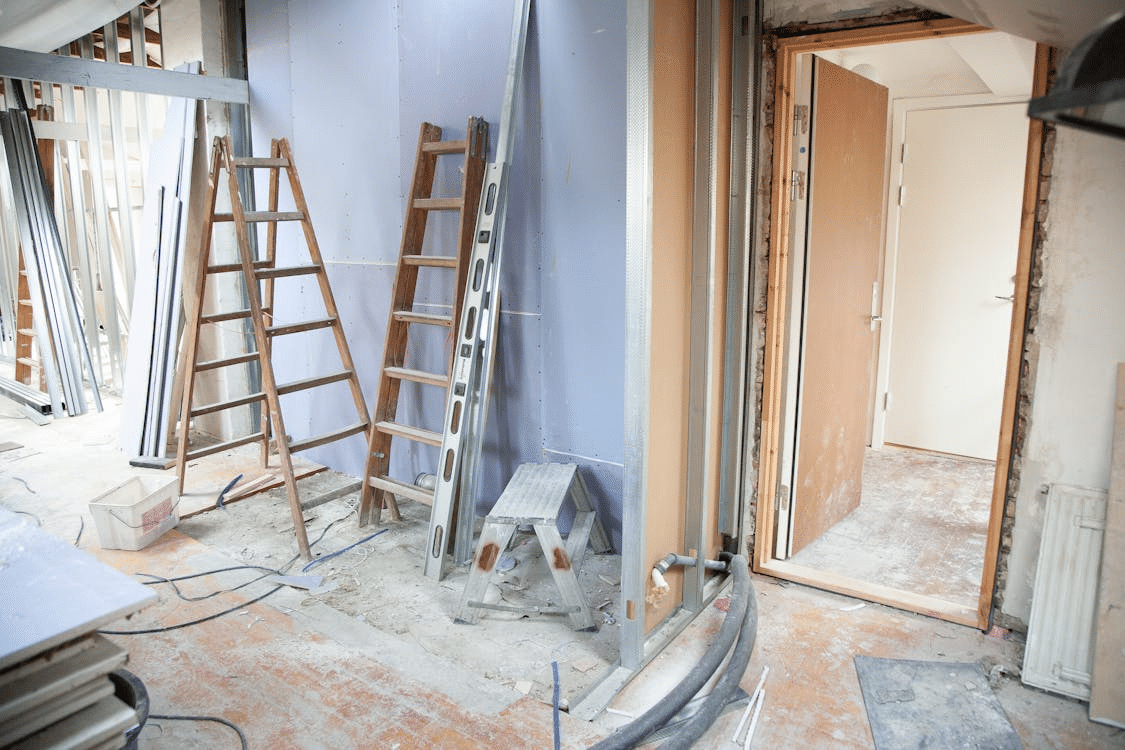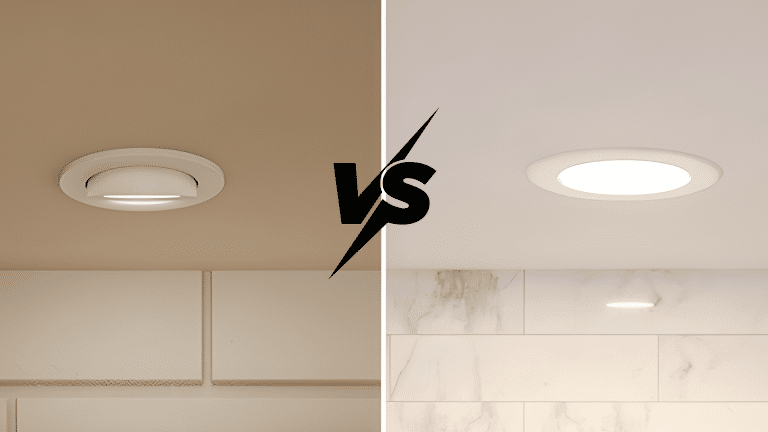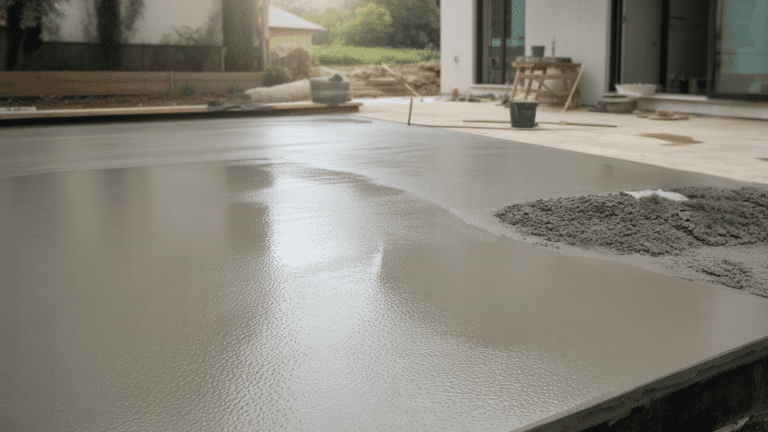The Home Improvement Projects That Are Better Left to the Pros
Ever stood in a Florida hardware store holding a sledgehammer and thought, How hard can this be? With renovation shows streaming non-stop and social media feeds full of DIY makeovers, it’s easy to believe you can fix, build, and upgrade anything with enough motivation and an instructional video.
But the truth is, not every home project is meant for a determined homeowner with a weekend to spare. In this blog, we will share which home improvement jobs should be handed off to professionals—and why that choice often saves time, money, and a lot of regret.
Plumbing That’s More Than a Drip
There’s a kind of false confidence that comes with tightening a leaky faucet or swapping out a showerhead. Those jobs feel doable, and sometimes they are. But once you go beneath the surface—literally—the line between “easy fix” and “disaster in waiting” disappears fast. Behind every fixture is a network of pipes, valves, and water pressure dynamics that don’t forgive trial and error.
More complex jobs like rerouting lines, connecting appliances, or adjusting water pressure aren’t just about screwing parts together. They involve material compatibility, slope calculations, and an understanding of how small changes can ripple through the system. It takes experience to know when a joint needs more support or a pipe needs replacement instead of a patch.
This is where expert plumbers in Pinellas Park play a crucial role. Their value isn’t in showing up with a toolbox—it’s in their ability to solve issues before they escalate, and to complete work that doesn’t need redoing after damage appears months later.
As cities grow and older homes meet modern plumbing needs, the ability to work cleanly, quickly, and correctly isn’t a luxury—it’s a necessity. Whether it’s a kitchen upgrade or a bathroom overhaul, plumbing is one of those areas where cutting corners often leads to costly repairs and lingering headaches.
Electrical Work That Carries Real Risk
Electricity doesn’t care how confident you are. It doesn’t care if you watched three tutorials or if your neighbor swears you can handle it. Once you open a panel or start rewiring outlets, you’re dealing with real danger—not just to yourself, but to the structure of the home. Faulty connections, overloaded circuits, and mismatched components can lead to fires, outages, or damage to expensive appliances.
Even simple-looking tasks—like installing a new light fixture or moving a switch—can create future hazards if the grounding is off or the connections aren’t clean. Mistakes here don’t always show up immediately, and when they do, they rarely come cheap.
Licensed electricians aren’t just following rules—they’re protecting your home’s integrity. They test voltage, confirm load limits, and make sure every part of the system is balanced. They also file the paperwork and coordinate inspections if permits are required, keeping your renovation legal and safe. In short, when you hear “it’s just wires,” think again.
Structural Changes That Look Easy on Paper
Tearing down a wall seems like the most satisfying part of a renovation. A few swings of a hammer, and suddenly your living room feels ten feet wider. But walls don’t just separate space—they hold it up. Some carry weight from floors above. Others contain key wiring, ventilation, or plumbing. Knocking one down without checking what’s inside or above it isn’t just reckless—it can create dangerous, hidden damage that puts your entire home at risk.
Even if a wall isn’t load-bearing, removing it may affect how sound travels or how heat circulates. There’s also the cosmetic side—fixing flooring transitions, matching ceiling textures, and rerouting electrical lines. These are jobs that often balloon in cost after the demo is already done.
Engineers and contractors who understand framing and load paths know how to approach these jobs without weakening the home’s structure. They’ll calculate the support you need, install headers, and make sure everything stays aligned. A mistake here isn’t cosmetic. It’s foundational.
Roof Work That Looks Doable but Isn’t
Climbing a ladder with shingles and a nail gun feels like the kind of work any able-bodied person could manage. But working on a roof is less about physical strength and more about technique, timing, and risk management. Even minor roof repairs—flashing, sealing vents, replacing tiles—require understanding how water moves, how materials respond to weather, and how to protect the layers beneath the surface.
Doing it wrong doesn’t just cause leaks. It creates long-term moisture issues, structural rot, and insulation breakdowns. And beyond the technical risks, there’s the obvious one—falling. Sloped surfaces, wind gusts, and heat combine to make roofing one of the most dangerous types of home repair.
Roofers are trained to recognize problem areas, manage safety on high surfaces, and ensure the roof system works as a whole. They know what kinds of underlayment are needed in which climates, how to avoid ice dams, and how to extend the life of your roof without patchwork fixes. Unless you’ve trained in this trade, it’s best to stay on the ground.
HVAC Modifications That Wreck Efficiency
Vent covers and thermostats look simple, so homeowners sometimes assume they can shift ducts, add vents, or adjust units to suit new layouts. The problem is, HVAC systems are designed as balanced networks. Adding a vent here or sealing one there doesn’t just affect that room—it throws off airflow across the entire system. Your AC unit might start short cycling, heating could become uneven, and energy use can spike without warning.
Technicians use airflow meters, BTU calculations, and pressure balancing to ensure systems run efficiently. They also ensure that any new equipment is sized correctly. Bigger isn’t always better. An oversized system will run less efficiently and break down sooner.
HVAC work also sometimes crosses into electrical and refrigerant systems, both of which require certification to handle safely and legally. What feels like a small adjustment can turn into a repair call if it’s done without a clear plan.
It’s tempting to treat every home project like a weekend challenge, especially when tutorials make them look so manageable. But what’s often missing from those videos is the context—how many things had to go right before the camera started rolling.
Knowing when to step aside and let professionals take over isn’t a sign of weakness. It’s the smartest move a homeowner can make. Some projects build skills. Others build risk. The trick is knowing the difference before it costs you.







